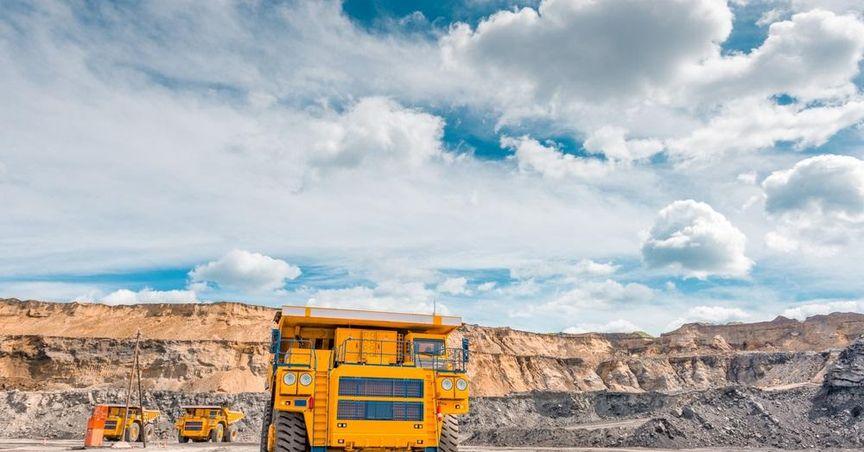Iron ore is once again flirting with the US$90/t mark as hopes for Chinese stimulus fade, resulting in a 2% drop in prices on the Singapore Exchange. This downturn has left major iron ore producers in the red today, including Mineral Resources Ltd (ASX:MIN), Mount Gibson Iron Ltd (ASX:MGX), Fenix Resources Ltd (ASX:FEX), and Champion Iron Ltd (ASX:CIA).
According to Westpac's senior economist, Justin Smirk, China continues to show signs of weakening demand for iron ore. Smirk explained that while iron ore briefly bounced back into the low US$100s, this was likely a temporary uptick, and prices are now expected to settle around US$90/t, with further declines into the mid-US$80s likely.
Smirk highlighted a number of indicators supporting this forecast:
- Chinese port inventories of iron ore reached a 29-month high in August.
- Steel inventories at major mills grew to a two-year seasonal high.
- Chinese port stocks are up by 35 million tonnes year to date.
At the same time, steel mill profitability hit a multi-decade low in late August, and blast furnace operating rates dropped to their lowest seasonal levels since 2018. Despite the fall in metallurgical coal prices, which provided some relief, the overall steel market remains under pressure.
Metallurgical and Thermal Coal Performance
The challenges facing the iron ore market have also affected metallurgical coal, which has seen a significant drop in prices from over US$270/t to US$188/t. According to Smirk, the metallurgical coal market is currently facing a glut of premium hard coking coal, driven by a recovery in supply from major producers while demand in China weakens.
On the other hand, thermal coal prices have remained relatively stable, standing at US$139/t as of yesterday.
Outlook for Iron Ore and Other Commodities
Adding further pressure to iron ore miners, a forecast from Bank of America suggests that the commodity could drop below US$80/t next year due to a combination of strong supply and weak demand, potentially leading to a 190Mt surplus. In contrast, copper is expected to rise, with predictions suggesting it could surpass US$10,000/t.
Lithium Market Dynamics: Comparisons to Nickel
The lithium market is also facing changes, with supply increasing from China and Africa. Westpac has highlighted the rising production of low-grade lepidolite from these regions as an effort to counter reliance on higher-priced feedstocks such as Australian spodumene and Latin American brines. Smirk drew parallels between this shift in the lithium market and the upending of the nickel market by Indonesian producers in recent years.
Smirk also pointed out key concerns for Latin American and Australian lithium producers, including Chinese efficiencies, faster permitting processes, and the lower investment hurdles that come with downstream integration.
Africa, despite logistical challenges, is projected to see significant growth in lithium production. A recent UBS report indicated that African lithium production could rise from zero in 2022 to around 290kt LCE by 2028, potentially accounting for 10% of global production. While there are disputes over these estimates, Smirk urged caution, citing similar early skepticism about Indonesian nickel.
Market Impact
The pressure on iron ore and coal prices caused the broader materials sector to slip by 0.54%. However, there were gains in other parts of the resources market. Notably, Chalice Mining Ltd saw a nearly 15% rise as palladium prices surged by 20% in just over a week, reaching approximately US$1,100/oz.




